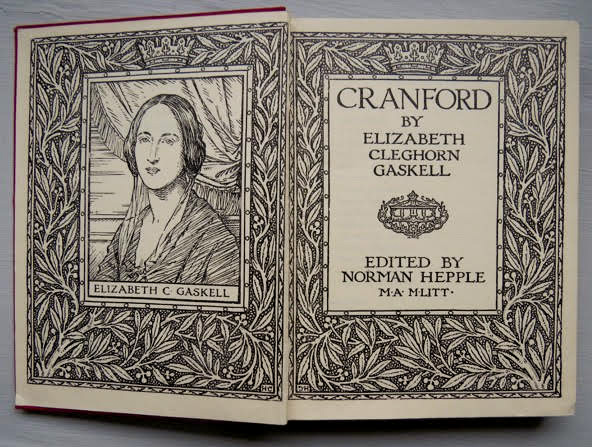The Beautiful Book
- Olivia Borton
- May 15, 2017
- 2 min read
Bookshops are still wonderful places, feeding the mind and the eyes with tales and stories, waiting to excite. They may not smell as musty and fusty as they used to, nor attended to by a kindly, rickety old bespectacled man, like in Beauty and the Beast, but they still do the job. However, as you trace the shelves, begin to think of the mass-market nature of the paperback. These lumps of pulp are doled out, sometimes with rare, intriguing design, and other times cringeworthily recovered with the latest film release. After their cursory consumption, they line the walls of charity shops like bricks, waiting for a new lease of life. There is hope yet, and many a treasure can be discovered. For me, who never reads a book twice, even if I love it (put down your pitchforks, I know its sacrilegious), shelving a book is more than just a symbolic gesture of sentimentality. It’s acknowledgement of its beauty, an object which reflects a part of my personality.
My mother collected old books with exquisite design and detail, with loving inscriptions hidden within in italics. There’s something that’s been lost in its modern-day equivalent, a flimsy paperback or hardback with equally flimsy dust jacket. These often transcend being readable things to wholly aesthetic showpieces to coo over. A keen follower of practicality, their redundancy is a little repellent to me. They become a little less attractive without their history. Found in an antique or charity shop and never read is not as a romantic story as the broken spines of my mother’s Thomas Hardy collection, adorned with nineteen-eighties photographs of wistful women with big hair.
However, there is still a moment in which we can catch our breath at the sumptuous opulence of the little novels of the eighteenth and early nineteenth century. Here are just a few that have been loved and lost.





















Comments